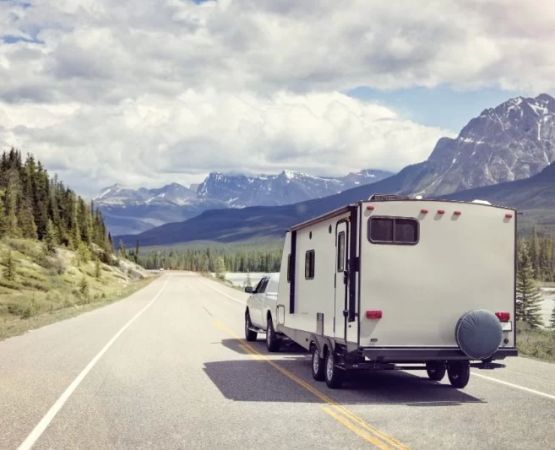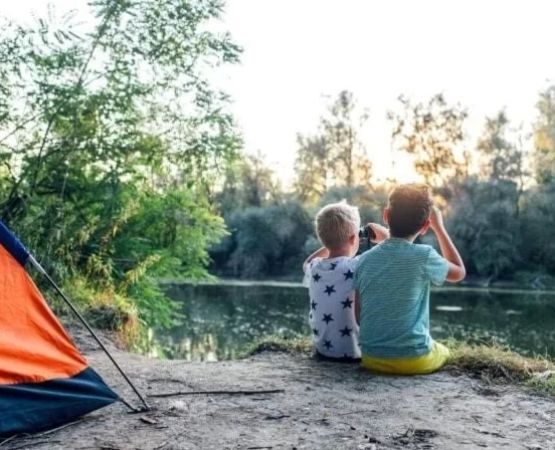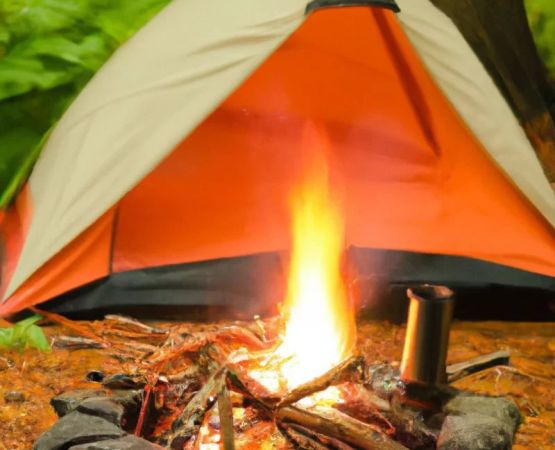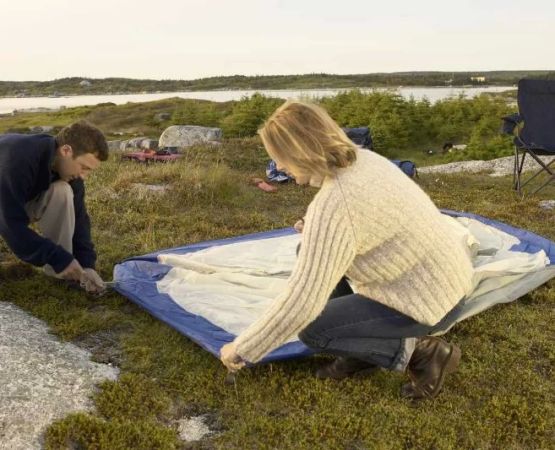How to Camp Sustainably in National Parks: Eco-Friendly Tips for Adventurers
As an avid nature lover and frequent camper, I’ve come to realize how much our environment can be impacted by our actions, even when we’re trying to enjoy the beauty of national parks. Over the years, I’ve learned some invaluable eco-friendly camping tips that not only help preserve the natural beauty of these parks but also minimize our carbon footprint. If you’re like me and want to experience the great outdoors while respecting nature, these tips will guide you toward becoming a more sustainable camper.
1. Leave No Trace: The Golden Rule of Camping
The first thing I learned about eco-friendly camping was the Leave No Trace (LNT) principles. When I first started camping in national parks, I didn’t fully grasp how much my presence could affect the land. But after a few trips and seeing the accumulation of trash and waste left by others, I realized just how important it is to leave the area exactly as you found it—or better. Following the seven principles of Leave No Trace has become second nature to me, and it’s something I encourage every camper to adopt:
- Plan ahead and prepare: Proper planning reduces the likelihood of accidents and minimizes waste, like extra packaging or food that might go to waste.
- Travel and camp on durable surfaces: Avoid making new paths or creating impact on sensitive ecosystems. Stick to established campsites and trails.
- Dispose of waste properly: Pack out all trash, food scraps, and litter. Bring trash bags and be sure to pack out everything, even biodegradable materials like apple cores.
- Leave what you find: Take photos instead of souvenirs, and leave plants, rocks, and wildlife undisturbed.
Adopting these principles has helped me feel more connected to nature and less guilty about the environmental impact of my trips. I’ve also seen the difference they make in preserving the parks I love to visit.
2. Choose Eco-Friendly Camping Gear
One of the easiest ways to make your camping trips more sustainable is by choosing eco-friendly gear. At first, I didn’t realize how much single-use plastic and non-recyclable materials were involved in my camping gear. But over time, I started to replace these items with environmentally conscious alternatives. For example, instead of disposable plastic bottles, I now use reusable water bottles made from stainless steel or aluminum.
Similarly, I’ve swapped out disposable cutlery and plates for reusable ones. I also avoid products with excessive packaging, opting for eco-friendly alternatives when possible. Investing in high-quality, durable camping gear has made my trips more sustainable. Here are some eco-friendly camping gear options I recommend:
- Reusable water bottles: Look for BPA-free bottles or ones made from stainless steel to reduce plastic waste.
- Solar-powered lights: These are not only energy-efficient but also easy to carry. I use solar-powered lanterns and chargers for my devices.
- Biodegradable soaps and detergents: I always bring eco-friendly soap to wash dishes and my hands without harming local water sources.
- Compostable toilet paper: I opt for biodegradable toilet paper that can decompose naturally in the environment.
By replacing harmful or single-use items with sustainable alternatives, I’ve reduced my environmental impact and made my camping experience much more enjoyable. Plus, it’s rewarding to know that I’m helping preserve the beauty of national parks for future generations.
3. Minimize Energy Usage and Leave the Car Behind
When I first began camping, I used to rely on my car to carry all my gear to the campsite. While that’s still a practical option, I now try to minimize my vehicle’s usage to reduce emissions and preserve the tranquility of the park. Some parks offer hiking access to campgrounds, and I’ve found that walking in, even with a heavy pack, is a great way to reduce my carbon footprint.
Not only does hiking to my campsite reduce emissions, but it also gives me the chance to experience the park in a more intimate way. I’ve also started using bicycles for short trips around campgrounds, instead of driving, which reduces my environmental impact and gets me moving in nature.
If driving is absolutely necessary, I’ve learned to carpool with fellow campers to reduce the number of vehicles in the park. Some national parks even have shuttle services that you can use, which helps reduce the number of cars on the road and ensures a quieter, cleaner environment for everyone.
4. Cook Sustainably and Avoid Single-Use Plastics
Cooking at a campsite can be one of the most enjoyable parts of the experience. However, I quickly realized how much waste cooking could produce—especially when using plastic utensils and pre-packaged meals. To make my meals more sustainable, I started focusing on minimizing food packaging by bringing bulk ingredients and using reusable containers.
One of my favorite eco-friendly camping cooking tips is to bring a portable stove or a lightweight, multi-use cooking system. I’ve found that small, energy-efficient stoves that use minimal fuel allow me to cook all the meals I need without producing excessive waste. I also try to pack food that requires less preparation, so I can avoid the need for pre-packaged single-use plastic items like condiment packets and plastic-wrapped food.
Another way to reduce my environmental impact is by cooking with a Dutch oven or cast-iron skillet. These durable options last for years and don’t require non-stick coatings or excessive energy. I’ve also become more mindful of how I store food to avoid attracting wildlife. Using bear-proof containers has helped me secure food without worrying about disrupting local animals’ natural habits.
5. Conserve Water and Respect Local Wildlife
Water is one of the most precious resources in any national park, and I’ve learned that conserving it while camping is essential. On my first camping trip, I wasn’t always mindful of how much water I was using, especially when it came to washing dishes or cleaning up after meals. Now, I bring a water-efficient camping shower and make sure to limit my water usage by cleaning dishes with minimal water and using eco-friendly soap.
Additionally, I’m cautious about my interactions with wildlife. I’ve seen firsthand how easily animals can be disturbed by human activity. I make sure to store food properly, avoid feeding animals, and keep a safe distance from wildlife. It’s important to respect the park’s rules and regulations regarding wildlife protection, and I always make an effort to follow the guidelines to avoid disturbing their natural habitats.
6. Support Sustainable Campground Practices
Finally, I’ve learned to support campgrounds and parks that actively promote sustainability. Some parks and campgrounds are dedicated to eco-friendly initiatives, such as composting toilets, solar-powered facilities, and recycling programs. By choosing these campsites, I’m supporting their efforts to reduce the environmental impact of tourism and camping.
Before booking a site, I always research the campground’s sustainability practices. I also try to choose parks that have designated eco-friendly zones or campgrounds that emphasize reducing energy consumption and waste. It’s one small step that makes a big difference in preserving the natural beauty of these places.






